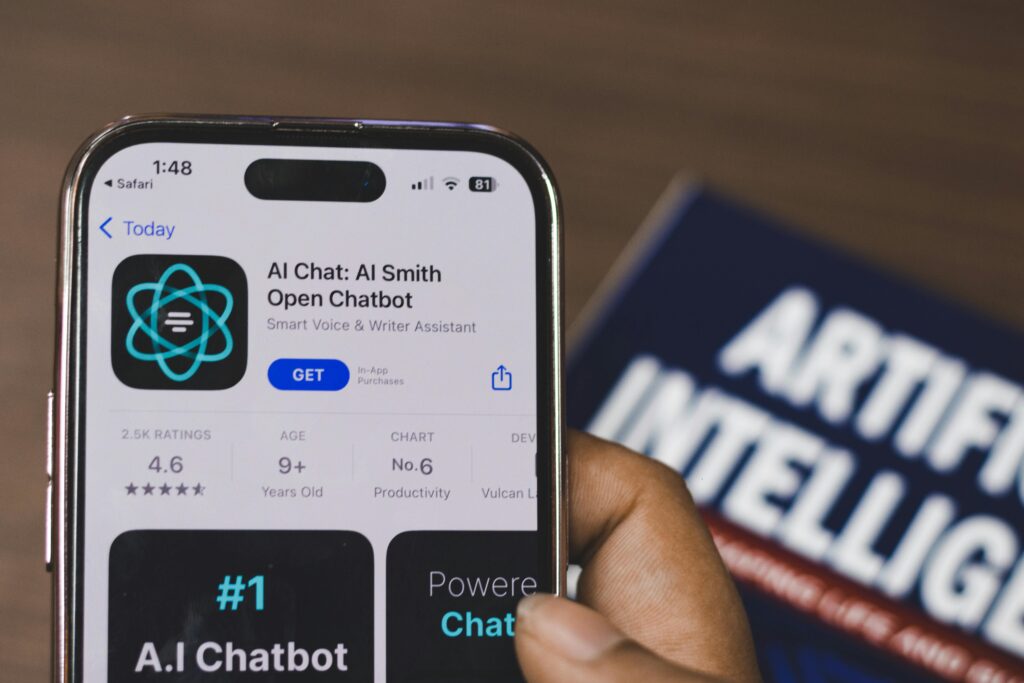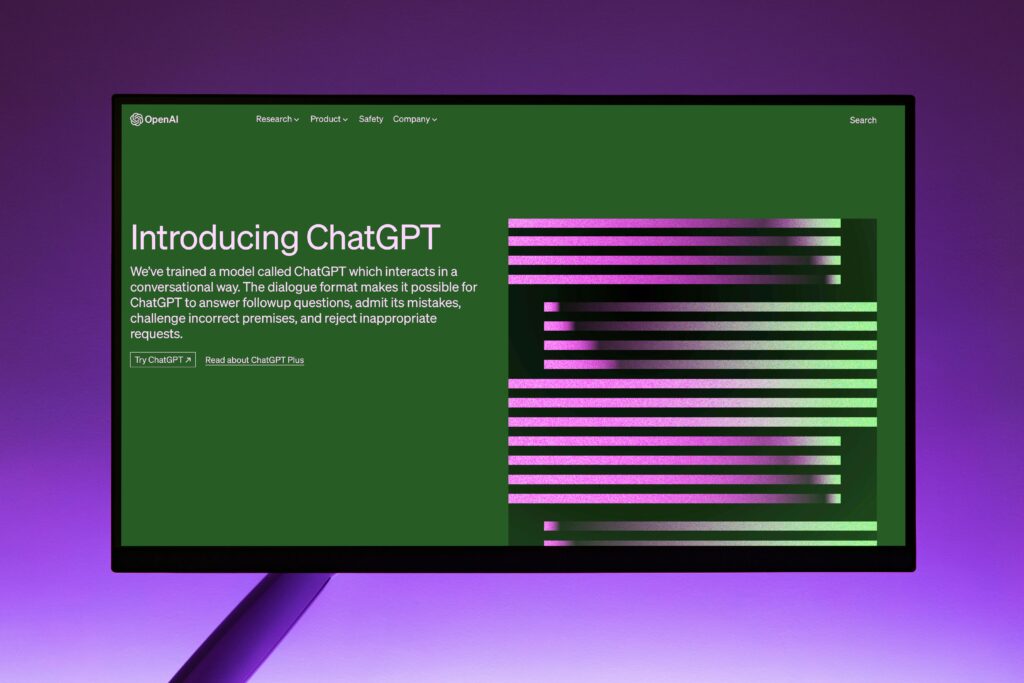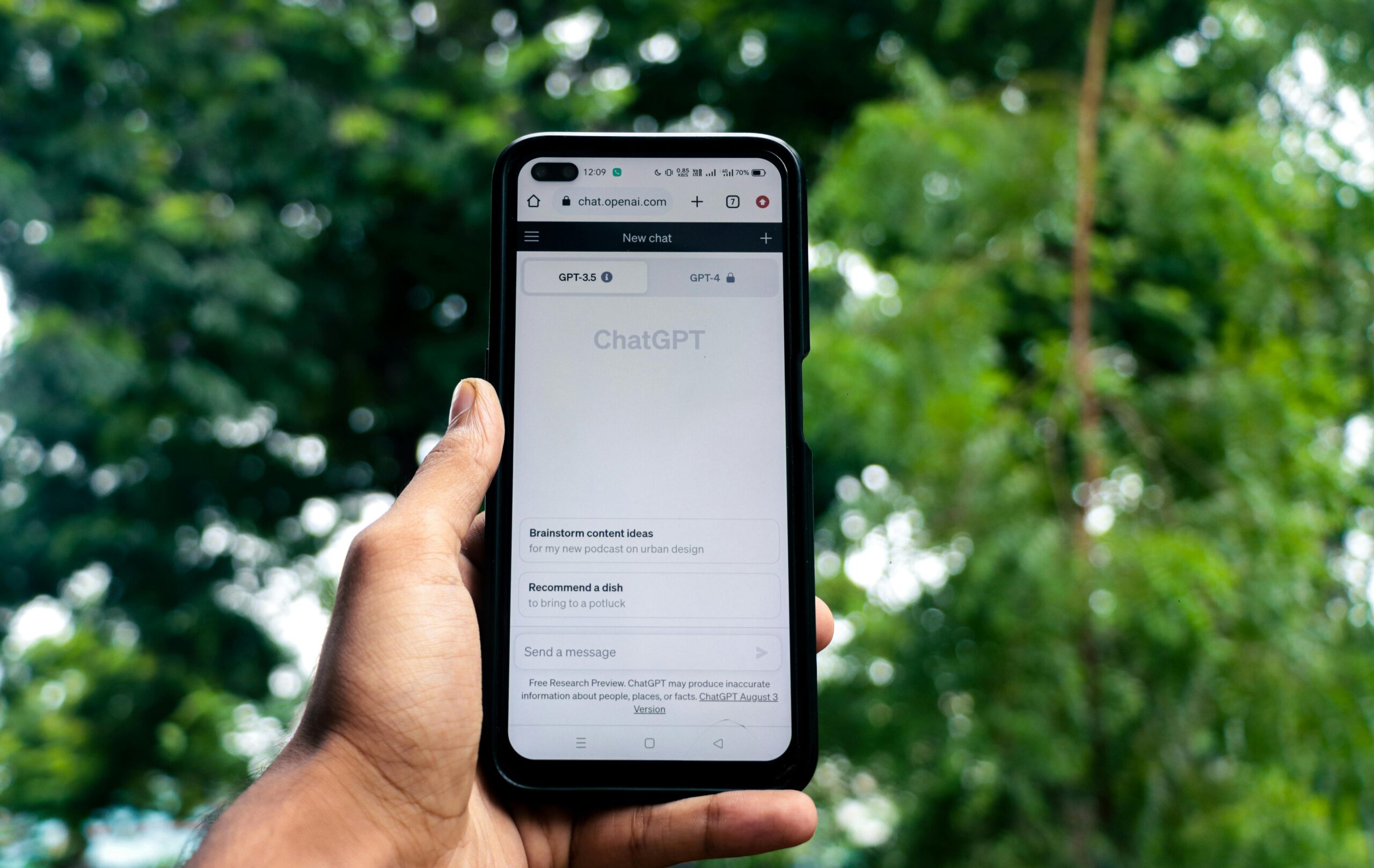In this comprehensive guide, we will walk you through the process of building your very own AI chatbot step by step. Whether you’re a beginner or a tech-savvy developer, this tutorial will cover everything you need to know—from concept to deployment.
What is an AI Chatbot?
An AI chatbot is a type of software application that replicates human-to-human conversation using voice or text-based interfaces. Applying artificial intelligence, machine learning, and NLP, bots are able to process queries and give real-time answers, all while accomplishing a wide array of activities – from just answering FAQs to suggesting products to conduct transactions.
These bots use varieties of algorithms giving them the power to understand what is being used, the intent behind the users and self-improvement every passing day. A majority of all eCommerce, health care, support, and other education-related sections have AI Chatbots.
Why Do I Need an AI Chatbot?
Building an AI chatbot can be very helpful to businesses and developers. Here are some reasons why you may want to make one for yourself:
24/7 availability: AI chatbots never sleep, ensuring continuous support and engagement for all users at any time.
It reduces the demand for human agents and lowers operation costs.
Scale: Unlike a human agent, a chatbot can handle a virtually unlimited number of conversations concurrently.

Improve User Experience: AI chatbots can answer faster and in a more accurate and precise way than humans.
Data Insights: Chatbots gain valuable insights from customer preferences and behavior, thus providing businesses with the proper information to base their decisions.
Prerequisites for Building an AI Chatbot
Before diving into the development process of the chatbot, it is very important to get familiar with a few prerequisites:
Programming Knowledge: Knowing a little programming language like Python, JavaScript, or PHP is sufficient but not mandatory.
Knowledge about APIs: It is common knowledge that chatbots communicate with other APIs to gather data, analyze information, and even perform tasks.
Knowledge of NLP: Since chatbots are a product of NLP, learning how it works will help tune the responses by the chatbot.
Basic Knowledge of Machine Learning: It allows the chatbot to learn over time as it interacts with users.
Development Platforms for Chatbots: Development platforms such as Dialogflow, Microsoft Bot Framework, and Rasa can ease the development process.
Step 1: Define Your Chatbot’s Purpose
Identify the purpose of your AI chatbot. What problem is your chatbot going to solve? How are you going to help users?
Some questions that will help define the purpose of the chatbot:
What is the purpose of the chatbot? (Example: customer support, lead generation, product recommendation).
Who is it for? (For example, savvy users, senior citizens, college students)
What type of dialogues will be handled by the chatbot? (Example: answering Frequently Asked Questions, helping users go through a procedure, making a transaction)
Where will the chatbot be accessible from? (For example, web site, Facebook Messenger, WhatsApp).
These questions above will guide and determine the designing and functionality of the chatbot.
Step 2: Selection of Suitable Development Tools and Platforms
Following the determination of the purpose, one needs to identify the development tools and platforms with which they want to develop it. A great number of development platforms exist in the field, and an unsuitable development platform would not only mar a project but make it seem unreal.
Some popular chatbot development platforms include:
Dialogflow (by Google): A very powerful platform that has natural language processing capabilities along with integration options for various messaging platforms.
Microsoft Bot Framework: It is an open framework that supports cross-platform chatbot development.
Rasa: It is a Python-based open-source framework for developing AI chatbots, best suited for highly complex use cases.
Chatfuel: Very useful for developing simple, rule-based bots without writing code.
Botpress: It is an open-source platform for building conversational AI applications with flexibility and customization. Consider the following parameters while selecting the most suitable platform:
Ease of use
Scalability
Suitable integration options
NLP and machine learning support.
Step 3: Develop the Conversation Flow
Now that you have installed your tools, it’s time to design the conversation flow for your AI chatbot. The conversation flow is understood as the script or dialogue tree of how your chatbot is supposed to interact with the users.
Some essential elements that you should take into consideration for designing the conversation flow are as follows:
How will the chatbot greet the user? A warm hello is very important for the tone of the conversation to follow.
Handling User Input: What will the chatbot do with the various types of user input: text, buttons, or voice?.
Intents and Responses: These are all possible intents by the user for which responses need to be designed. For example, there might be an intent called “check order status,” for which a response can be “Please give me your order number.”
Error Handling: Consider the possibility that the chatbot cannot comprehend what the user needs. Prepare fall-back messages, such as “I am sorry, I did not get that. Can you please clarify?
Close Conversation: Decide on how the chatbot will end the conversation and whether it should offer additional support or direct the user to a human agent.
Step 4: Train Your AI Chatbot
Training your chatbot is one of the most important steps in the development process. This involves teaching the bot to recognize user input and respond accordingly.
Here’s how you can train your chatbot:
Gather Sample Data: Begin with sample data or examples of user queries. In the case of a customer support bot, examples of common questions from customers relating to product features or delivery will be collected.
Label Data: Each query must be labeled with an intent- for instance, “order status,” “product inquiry.” This way, the bot will learn patterns associated with user queries.
Use NLP Models: Most of the chatbot platforms have pre-built NLP models that help in understanding the meaning of user input. Train your bot with these models and fine-tune them according to the labeled data.
Test and Iterate: After the training, test your chatbot with real users and refine your training data based on user feedback.
Step 5: Integrate Natural Language Processing (NLP)
NLP is the core of any AI chatbot. It makes it possible for the bot to understand and process human language in a way that resembles human conversation.
Here’s how to integrate NLP into your chatbot:
Choose an NLP Library: Select an NLP library or platform, such as Google Dialogflow, spaCy, or Wit.ai, that will take care of the linguistic processing.
Train NLP Models: The NLP model will be trained to identify entities (e.g., product names, dates, quantities) and intents (e.g., requesting support, asking for product details).
Refine the Model: Continuously refine the NLP model as the chatbot receives more training data.
Step 6: Test Your AI Chatbot
Test your AI chatbot before going live. Perform the following tests to ensure it works as expected:
Functionality Test: Determine whether the chatbot performs its assigned tasks (for example, answering questions, giving recommendations).

Load Test: Determine the capacity of the chatbot to handle a large number of users at the same time.
User Experience Test: Let the real users test the chatbot and then get feedback from them about how usable and effective it is.
Performance Test: It should respond rapidly and accurately to the input that the user makes.
Testing is an iterative process, and refinement of your chatbot is very essential based on feedback and data during testing.
Step 7: Deploy Your AI Chatbot
Once the chatbot has been tested and refined, it’s time to deploy it. Depending on your platform, this could involve integrating the bot into your website, mobile app, or messaging platforms such as Facebook Messenger, Slack, or WhatsApp.
Monitor the chatbot’s performance during the initial deployment phase so that any issues can be identified early.
Step 8: Monitor and Improve Your Chatbot
Once deployed, your AI chatbot will require continuous monitoring and improvement for long-term success. Monitor the interactions with your chatbot and find out areas where it could improve. Track performance and get insights using user feedback and analytics tools.
Best Practices to Build an AI Chatbot
Keep it Simple: Start off with a simple, focused chatbot that can solve a problem before expanding functionality.
Personalize Response: Use the user’s data and previous interaction to personalize response and improve engagement.
Continuous Improvement: Continuously train and update the chatbot to improve performance and accuracy.
Offer Human Support: Always provide users with an option to escalate to a human agent if the chatbot cannot resolve their issue.
Conclusion
Building an AI chatbot might seem complex, but with the right tools, knowledge, and approach, it can be a rewarding experience. By following this step-by-step guide, you’ll be well on your way to creating a chatbot that enhances customer experience, boosts engagement, and streamlines business operations.
As technology advances, the possibilities of AI chatbots will be even more diverse. It will thus become an important tool for every business or individual looking to get ahead in this curve. Happy coding!

